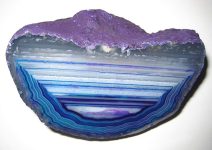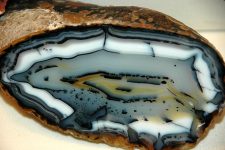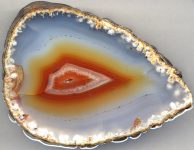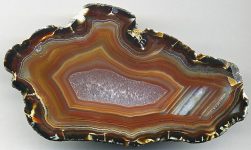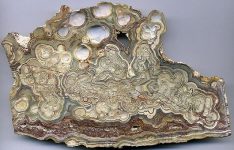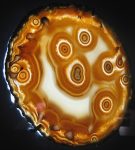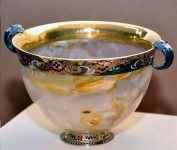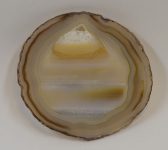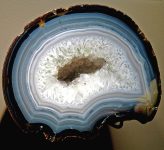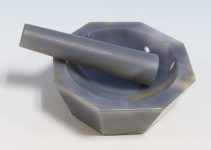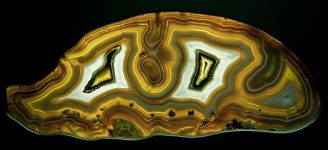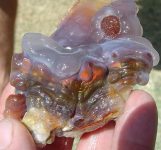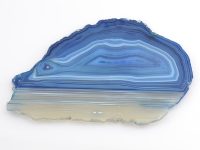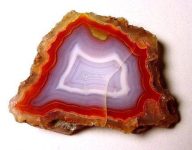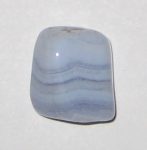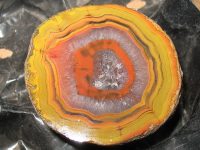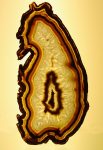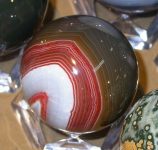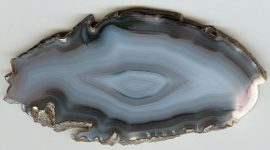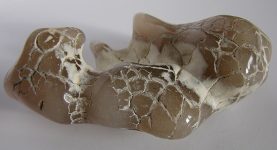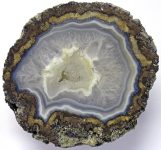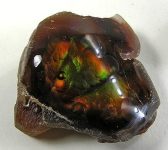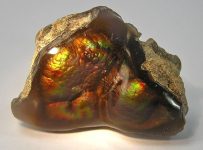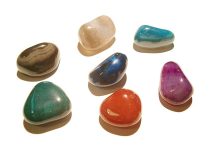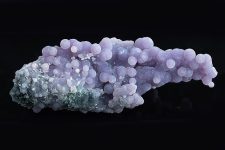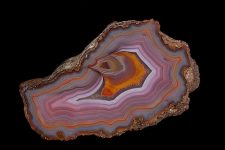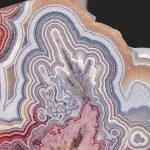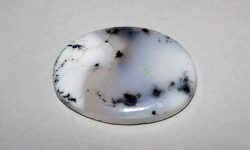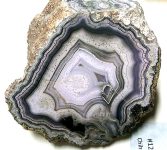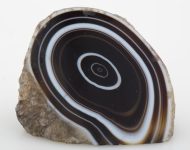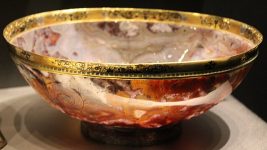Agate
ABOUT AGATE
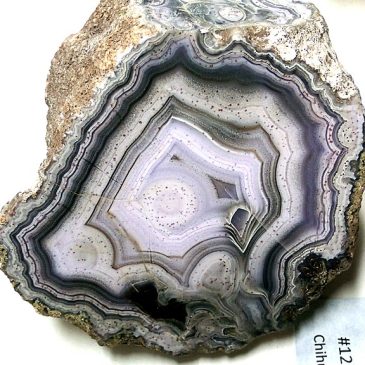
About: Agate is a beautiful and versatile variety of chalcedony, characterized by its distinctive banding patterns and wide range of colors. This guide explores agate’s characteristics, history, sources, uses, and significance.
Mining: Agate is typically mined through open-pit or underground mining methods, depending on the location and size of the deposit. The rough agate is extracted, cleaned, and sorted based on color and quality.
Processing: Extracted agate is cut and polished into various shapes and sizes. Lapidaries carefully shape the stone to highlight its banding patterns and enhance its natural beauty.
CHARACTERISTICS
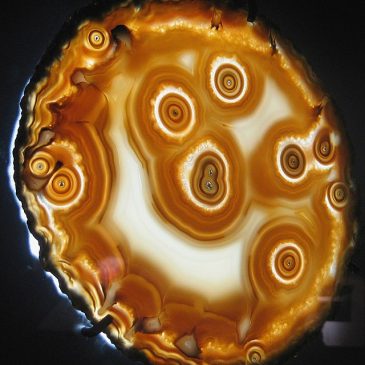
Color and Banding: Agate displays a wide variety of colors, including white, gray, blue, green, pink, brown, and red. Its most notable feature is its banded or striped appearance, which results from alternating layers of different minerals.
Chemical Composition: Agate is composed of silicon dioxide (SiO₂), the same chemical composition as quartz. However, its distinctive banding is caused by the presence of impurities and trace elements.
Density: Agate has a density of about 2.58-2.64 g/cm³.
Crystal Structure: Agate has a microcrystalline structure, meaning its crystals are too small to be seen without magnification. It belongs to the chalcedony group of minerals, which are a type of quartz.
Luster: Agate exhibits a waxy to dull luster when polished.
Hardness: Agate has a Mohs hardness of 6.5-7, making it relatively hard and durable.
Transparency: Agate is typically translucent to opaque, with translucent varieties allowing light to pass through.
HISTORY AND LORE
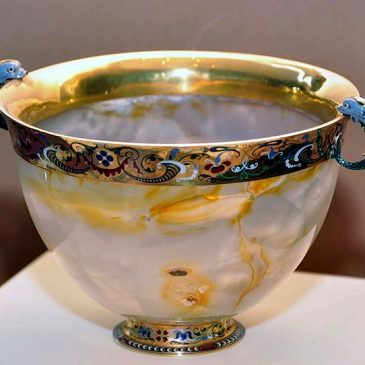
Ancient Use: Agate has been used since ancient times for decorative and ornamental purposes. It was highly valued by ancient civilizations such as the Egyptians, Greeks, and Romans for carving into cameos, beads, seals, and jewelry.
Middle Ages: During the Middle Ages, agate continued to be prized for its beauty and believed metaphysical properties. It was worn as an amulet for protection and healing.
Modern Era: Today, agate remains popular in jewelry, crafts, and as a collector’s stone. It is also used in various industrial applications.
SOURCES
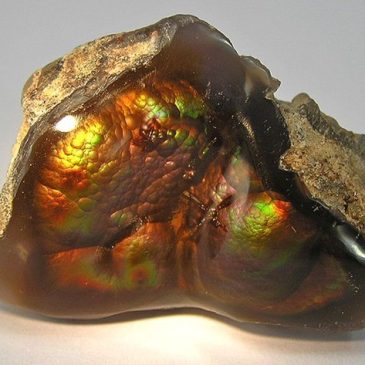
Geographical Locations: Agate is found worldwide, with significant deposits in Brazil, Uruguay, Mexico, India, Madagascar, Australia, and the United States (particularly Oregon, Montana, and Arizona).
Geological Formation: Agate forms in cavities or vesicles within volcanic or sedimentary rocks. Over time, silica-rich fluids deposit layers of chalcedony, resulting in the formation of agate with its characteristic banding patterns.
USES
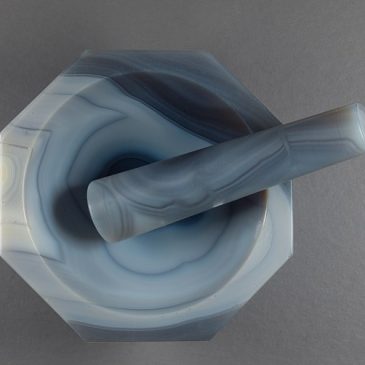
Jewelry: Agate is widely used in jewelry, often cut into cabochons, beads, and cameos. Its vibrant colors and unique banding patterns make it a favorite among designers and collectors.
Decorative Objects: Agate is used to create a variety of decorative items, including vases, bookends, coasters, and ornamental carvings. Its beauty and durability make it ideal for these purposes.
Metaphysical and Healing Properties: In metaphysical practices, agate is believed to have grounding and balancing properties. It is used to promote stability, strength, and emotional healing.
Industrial Applications: Agate is used in industrial applications such as grinding media, precision optics, and scientific instruments. Its hardness and ability to take a high polish make it valuable in these fields.
METAPHYSICAL PROPERTIES
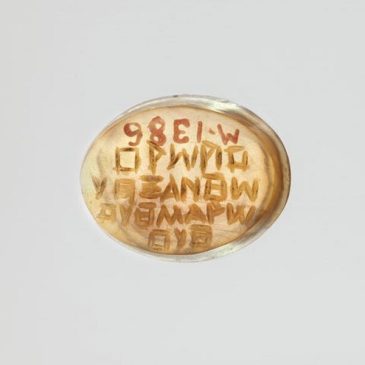
Symbol of Protection: Agate has long been considered a protective stone. It is believed to ward off negative energies, provide strength, and promote harmony.
Historical Significance: The use of agate in ancient artifacts and jewelry underscores its cultural importance and symbolism as a symbol of beauty and strength.
